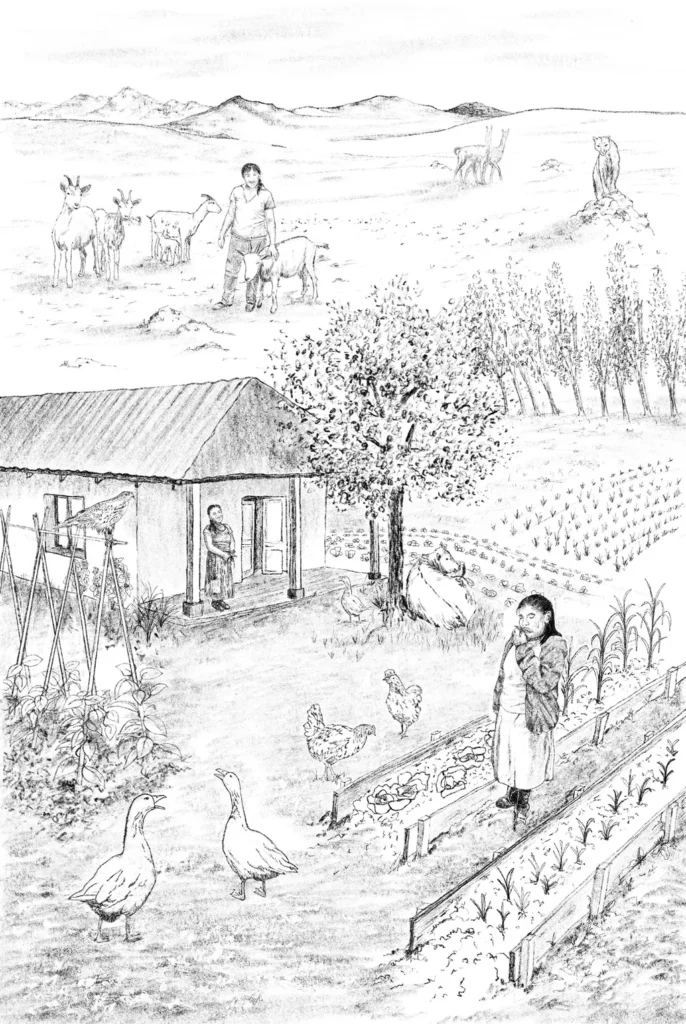In the verdant, undulating landscapes of the Himalayan mid-hills, a silent struggle unfolds between humans and wildlife. This region, often overshadowed by the more publicized conflicts in the foothills, is the stage for a complex dance of coexistence and confrontation. A recent workshop organized by the International Center for Integrated Mountain Development (ICIMOD) shed light on these issues, bringing together key stakeholders from Bhutan, India, and Nepal to discuss human-wildlife conflict (HWC) management.
The two-day consultative workshop, held in Phuntsholing, Bhutan, was a melting pot of ideas and experiences. Led by Kesang Wangchuk from ICIMOD, the discussions revolved around five critical thematic areas: Gender and Social Inclusion (GESI), Stakeholders and Partnerships, Risk Management, Monitoring and Evaluation (M&E), and Sustainability and Scaling of Solutions. The workshop highlighted the often-overlooked gender disparities in HWC impacts, with women bearing the brunt due to their roles in resource collection and agriculture, yet being marginalized in decision-making processes.
“Women are disproportionately affected by human-wildlife conflicts,” noted a participant, underscoring the need for gender-inclusive strategies. Socio-cultural norms, caste hierarchies, and financial constraints further restrict women’s participation in mitigation efforts. Children, the elderly, and persons with disabilities also face heightened risks, adding layers of complexity to the issue.
Stakeholder mapping identified NGOs, international donors, the private sector, and media as crucial partners in mitigation, with varying degrees of involvement across countries. Risk management strategies emphasized species-specific deterrents, gender-inclusive rapid response teams, and landscape-level interventions. Community-driven M&E systems, supported by technology such as drones and AI cameras, were deemed essential for tracking conflict trends and intervention effectiveness.
Sustainability hinged on strengthening local ownership, assured funding, and policy integration. Persistent challenges included gender inequity, conflicting stakeholder interests, and weak M&E systems. Future directions advocate for institutional reforms, such as gender quotas, alternative livelihoods, and transboundary collaboration.
The workshop underscored the need for inclusive, adaptive strategies to foster sustainable human-wildlife co-existence in the Himalayan mid-hills. As Kesang Wangchuk from ICIMOD pointed out, “The key to effective HWC management lies in understanding and addressing the unique challenges faced by different communities.”
This research, published in ‘Research Ideas and Outcomes’ (which translates to ‘Идеи и резултати от изследвания’ in Bulgarian), offers a roadmap for future developments in the field. By emphasizing gender inclusion, stakeholder collaboration, and technological innovation, it paves the way for more effective and sustainable HWC management strategies. The insights gained from this workshop are not just academically significant but also commercially impactful, particularly for sectors like energy that often find themselves at the intersection of human development and wildlife habitats.
As we move forward, the lessons from the Himalayan mid-hills serve as a reminder that sustainable coexistence is not just a goal but a necessity. The workshop’s findings and recommendations provide a compelling narrative for policymakers, practitioners, and the private sector to work together towards a future where humans and wildlife can thrive side by side.

